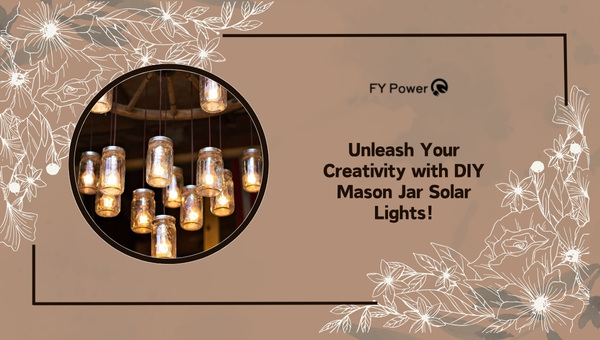Flies are annoying, particularly when you’re trying to unwind outdoors. Good news! Many DIY methods exist to control these irritating insects. This comprehensive guide presents 17 effective DIY fly traps. You can build them using common items found around your home.
1. The Classic Bottle Fly Trap
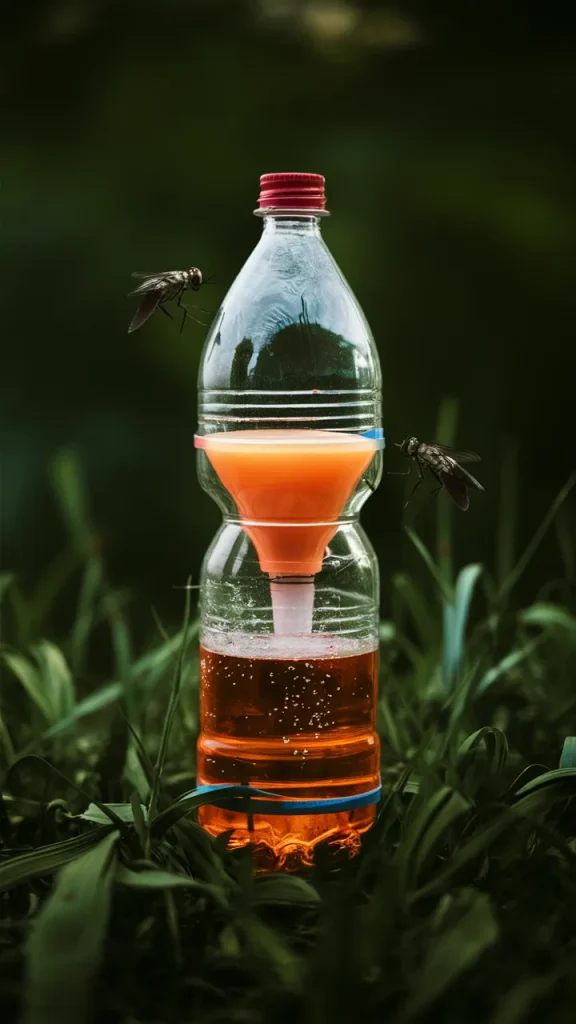
Materials Needed:
Instructions:
Grab a plastic bottle and slice off the top third. Flip this top section to form a funnel. Secure it, upside down, into the bottle’s base using tape. Fill the base with sugary water or fruit juice to lure flies. They’ll enter the funnel easily but struggle to escape, ultimately falling into the liquid.
Why It Works:
Flies love sweet scents and are drawn into the bottle, searching for the sugary treat. The funnel’s design makes it hard for them to get out, trapping them inside. This easy trap works great and takes just a few minutes to create with things you probably already have.
2. Apple Cider Vinegar and Plastic Wrap Trap

Materials Needed:
Instructions:
In 2025, try this updated fly trap method! Pour a good amount of apple cider vinegar into a small bowl. Next, tightly cover the bowl with plastic wrap, securing it with a rubber band. Then, use a toothpick to carefully poke a few small holes in the plastic wrap. Fruit flies will be drawn to the vinegar’s scent, enter through the holes, and get trapped inside. This is an effective and simple solution for dealing with fruit flies.
Why It Works:
Apple cider vinegar’s potent aroma lures flies. The plastic wrap creates a trap, stopping their escape. This technique works well on small flies and gnats. It’s a useful solution for many outdoor areas.
3. Fruit Trap
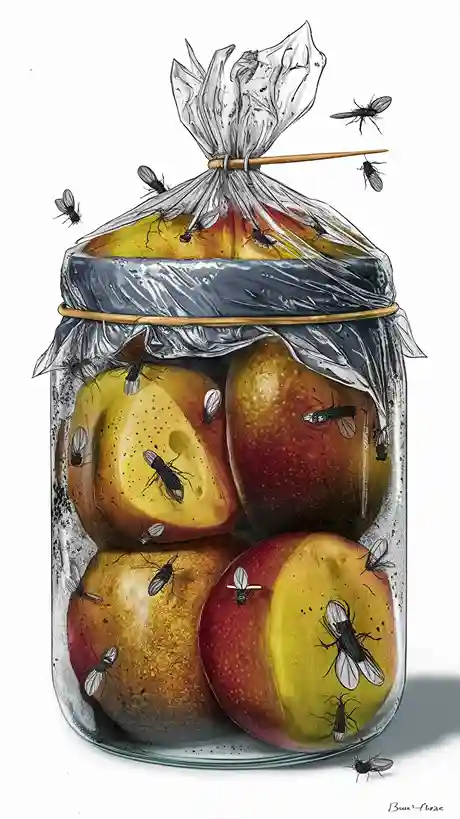
Materials Needed:
Instructions:
Combat fruit flies effectively! Simply put a chunk of overly ripe fruit in a jar. Next, cover the jar’s opening with plastic wrap. Secure the wrap tightly using a rubber band. Finally, create tiny holes in the plastic using a toothpick. Fruit flies will be drawn to the fruit, enter the jar, and become trapped inside.
Why It Works:
Flies are highly attracted to the potent smell of overly ripe fruit. Our simple trap uses plastic wrap to confine them once they’re inside the jar. This method is both highly effective and a fantastic way to give new life to fruit that’s past its prime, preventing waste.
4. Homemade Fly Paper
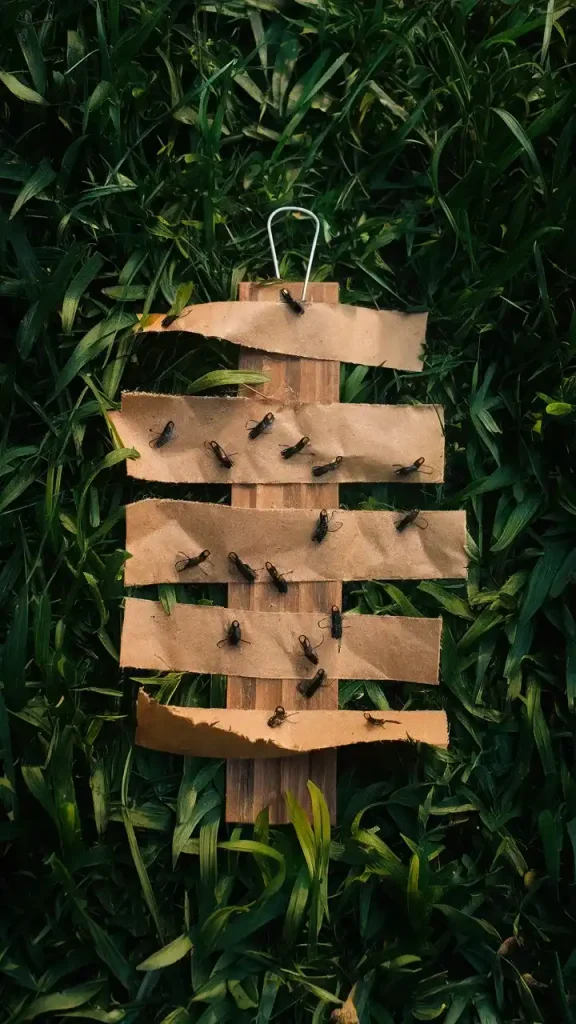
Materials Needed:
Instructions:
Prepare strips of brown paper or sturdy cardstock. Create a fly-attracting solution by combining equal amounts of sugar, water, and corn syrup in a saucepan. Heat the mixture until the sugar dissolves completely. Submerge the paper strips in the sweet liquid, ensuring they are well-coated. Hang the treated strips outdoors to effectively lure and capture flies.
Why It Works:
Fly paper’s adhesive coating and sugary aroma attract flies, ensnaring them instantly. This budget-friendly and efficient approach offers a useful way to manage outdoor fly populations in 2025.
5. Milk, Sugar, and Pepper Trap
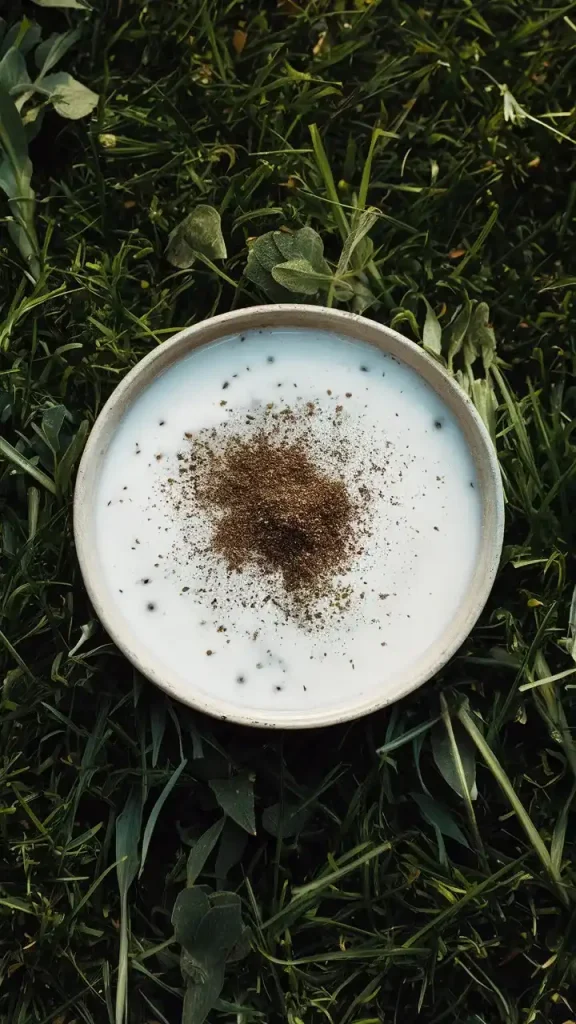
Materials Needed:
Instructions:
Combine 1 cup of milk, 3 tablespoons of sugar, and 1 tablespoon of ground black pepper. Pour this blend into a shallow container. Position the dish outdoors. Flies, drawn to the sweet and peppery scent, will be trapped and perish in the liquid.
Why It Works:
This fly trap uses a tempting mix of sugar and a surprising hint of black pepper. Milk boosts its appeal, drawing flies in. The shallow dish makes it easy for flies to reach the liquid, leading to their demise.
6. Wine Bottle Trap
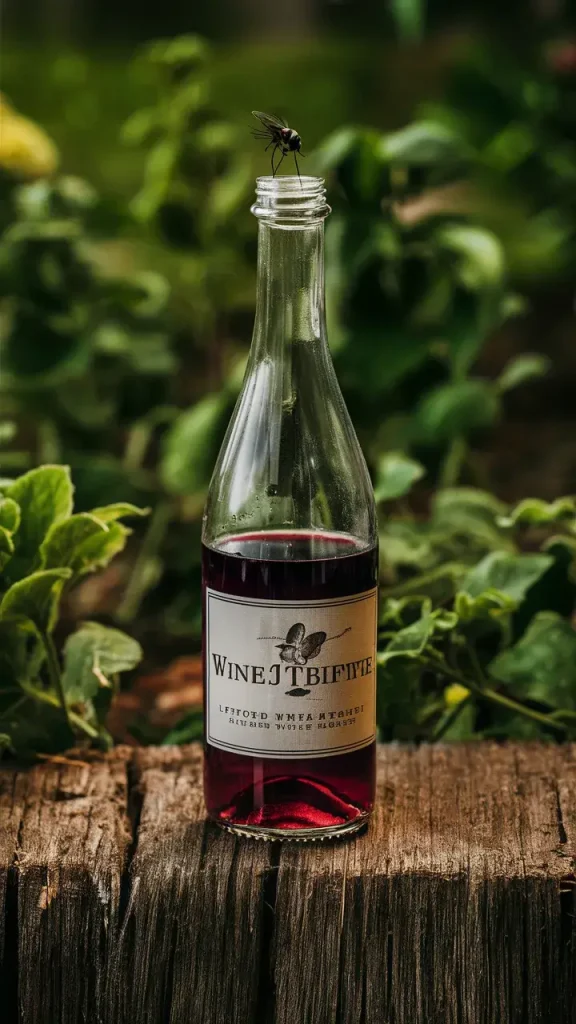
Materials Needed:
Instructions:
Pour a bit of leftover wine or fruit juice into an empty wine bottle. Position the bottle outside in areas plagued by flies. The sweet, fermented scent will lure flies inside, where they’ll get stuck.
Why It Works:
Wine bottles, with their slender necks, create a natural trap for fruit flies. Once inside, escape becomes a real challenge. The enticing, fermented scent acts like a magnet, rapidly drawing flies in. This method offers a practical and eco-friendly solution: repurpose your wine bottles while effectively managing fruit fly populations.
7. Dish Soap and Vinegar Trap
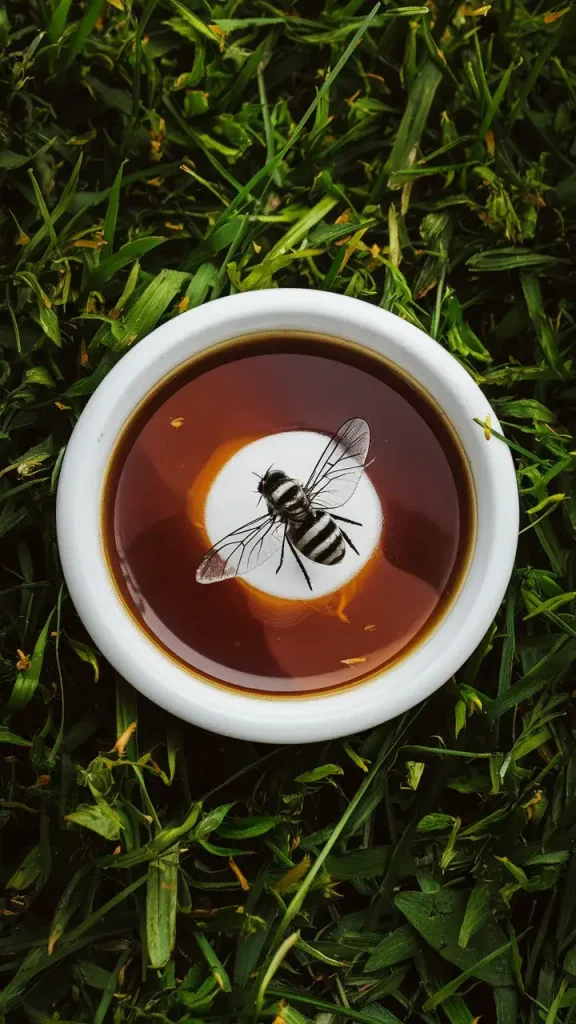
Materials Needed:
Instructions:
Create a simple fly trap using apple cider vinegar. Pour some into a shallow container and mix in a few drops of liquid dish soap. Position the dish outdoors in areas with high fly activity. Flies are attracted to the vinegar, but the soap breaks the surface tension, leading them to drown.
Why It Works:
Dish soap reduces the vinegar’s surface tension. This prevents flies from landing and escaping. They become trapped and drown. This simple trap effectively controls outdoor fly populations.
8. Beer Trap

Materials Needed:
Instructions:
In 2025, try this simple fly trap: Pour beer into a shallow container and set it outdoors. The scent lures flies in, but they’ll quickly meet their end in the liquid.
Why It Works:
Flies are attracted to the yeast and sugar in beer. The shallow dish traps them, preventing escape. It’s a great method to repurpose old beer and control flies outdoors. This updated method remains effective in 2025.
9. Water Bag Fly Repellent
Materials Needed:
Instructions:
In 2025, combat flies naturally! Fill a sandwich bag halfway with water. Add a few pennies. Seal it tightly. Hang this simple deterrent where flies gather.
Why It Works:
This fly-repelling technique leverages the principle that water and pennies act as a prism. This prism effect disrupts a fly’s vision, discouraging them from lingering. It doesn’t trap flies, but it’s a well-regarded natural deterrent, keeping them at bay.
10. Basil and Mint Plant Trap

Materials Needed:
Instructions:
Grow basil and mint in containers. Then, position these pots strategically around your patio or garden.
Why It Works:
Basil and mint boast potent aromas that naturally repel flies. Position these plants thoughtfully around your patio or garden to establish a fly-deterrent zone. These herbs are simple to cultivate and care for, offering a long-term, eco-friendly solution to keep flies away.
11. Eucalyptus Oil and Cloth Trap
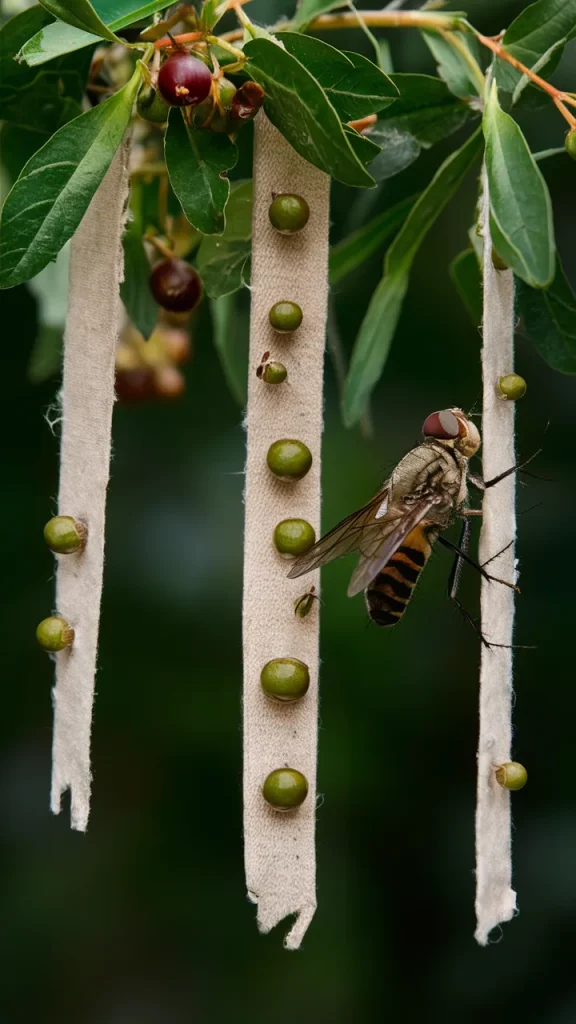
Materials Needed:
Instructions:
Saturate fabric strips with eucalyptus oil. Then, strategically hang them around your patio or garden to deter pests.
Why It Works:
Eucalyptus oil boasts a potent scent that naturally deters flies. Simply soak cloth strips in the oil and hang them strategically. This creates a reliable fly repellent for your area. Plus, it’s an eco-conscious and safe solution.
12. Yeast and Sugar Trap
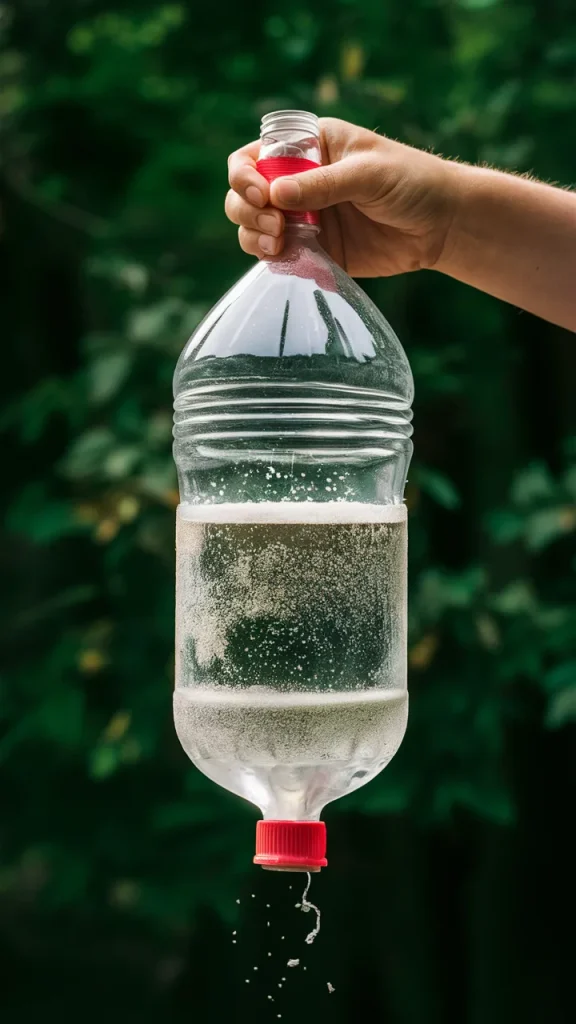
Materials Needed:
Instructions:
Slice a plastic bottle in two. Then, invert the top portion to form a funnel. In the bottle’s base, combine warm water, sugar, and active dry yeast. Finally, assemble the trap and position it outdoors.
Why It Works:
Sugar and yeast create carbon dioxide, a fly attractant. The funnel shape traps flies, preventing their exit. This simple trap effectively captures many flies.
13. Honey and Vinegar Trap
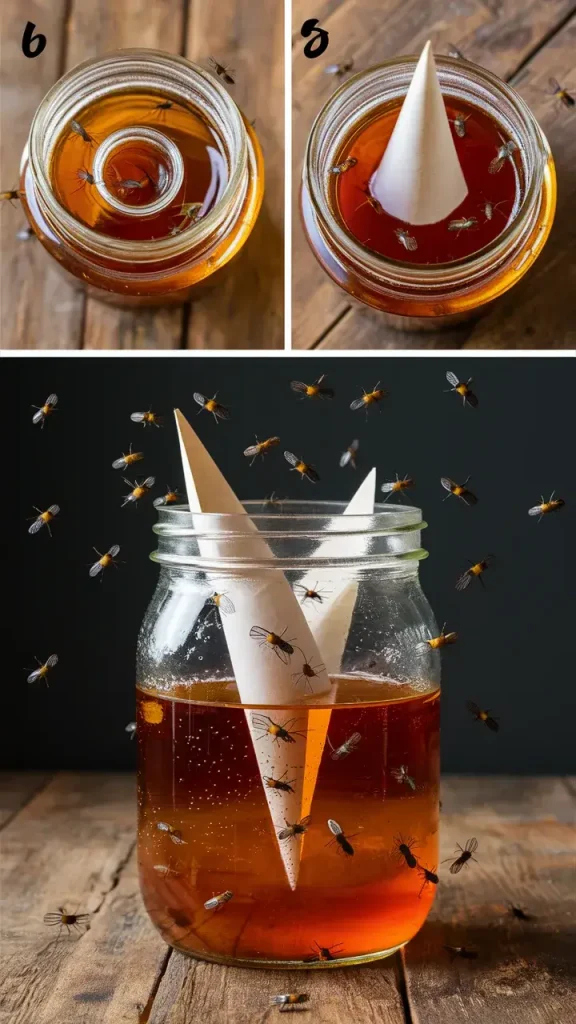
Materials Needed:
Instructions:
Combine honey and apple cider vinegar in a jar. Fashion a paper cone and insert it into the jar, making sure the tip remains above the liquid. The sweet scent will attract flies, trapping them inside.
Why It Works:
Flies are irresistibly drawn to the sweet honey and tangy vinegar blend. The cone-shaped paper trap guarantees they’re trapped once they enter, offering a straightforward and highly effective solution.
14. Citrus and Cloves Trap
Materials Needed:
Instructions:
Slice citrus fruits like lemons or oranges in half. Then, insert whole cloves into the exposed fruit. Position these clove-studded halves strategically around your patio or garden.
Why It Works:
Citrus and cloves create a scent that naturally repels flies. This effective method also adds a pleasant fragrance to your outdoor area. Best of all, it’s a chemical-free solution for fly control, updated for 2025.
15. Soda Bottle and Vinegar Trap
Materials Needed:
Instructions:
Repurpose a plastic soda bottle by cutting it in half. Invert the top portion to form a funnel. Prepare a solution of apple cider vinegar, sugar, and a tiny amount of dish soap. Pour this mixture into the bottom half of the bottle. Assemble your DIY trap and position it outdoors for best results.
Why It Works:
This mixture of vinegar and sugar lures flies in. The dish soap breaks the water’s surface tension, causing them to drown. The funnel shape prevents their escape, creating a very efficient fly trap.
16. Bread and Milk Trap
Materials Needed:
Instructions:
Saturate a slice of bread with milk and put it in a dish. Position the dish outdoors in areas plagued by flies.
Why It Works:
Milk and bread mixed together produce a sweet, fermented scent that lures flies. When they land, they frequently get trapped in the liquid. This easy and efficient trap offers a great method to reuse old bread. It’s a practical solution for fly control in 2025.
17. Lemon and Dish Soap Trap
Materials Needed:
Instructions:
Create a simple fly trap! Mix lemon juice, water, and a tiny bit of dish soap in a shallow container. Position this trap outdoors in areas with high fly activity.
Why It Works:
Lemon juice’s citrus aroma lures flies. Dish soap lowers water’s surface tension, leading to drowning. This simple trap uses everyday items. It’s a practical fix for outdoor fly issues, updated for 2025.
Conclusion
Keeping flies away from your patio or garden is easier than you think! Discover 17 simple DIY fly traps to naturally control these pests. These traps use everyday items and basic ingredients you likely already have. They’re quick to make, budget-friendly, and highly effective. Enjoy your outdoor spaces more by using these easy fly control solutions.
